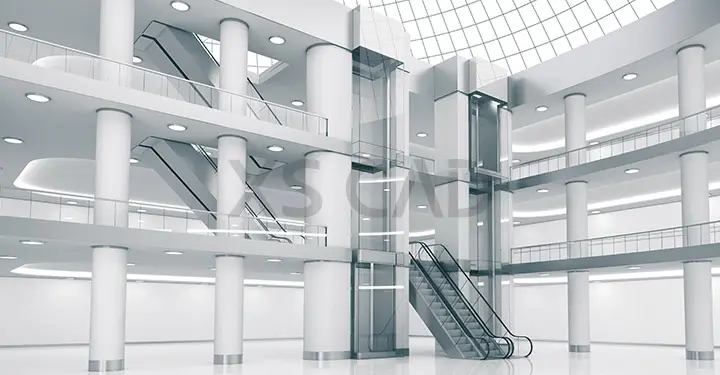Our Articles

The Importance of Retail 3D Rendering
Retail stores do more than just display products. They provide lifestyle experiences for consumers, persuading them to linger in the store and influencing their mood. An engaging retail store design in sync with its brand can provide customers with a new retail experience. The impression a retail store creates can be significantly influenced and improved through the use of detailed 3D visualisation services and 3D modelling services.
A perfect design, a concept or the structure of a retail shop can be visualised mentally, but translating this intricate image to paper may not be easy. It would take a minimum of three drawings, namely the top view, the front view and the side view, just to represent the mental image of the concept. While all the measurements of the image are explicit, it gives no visual perception of the depth. Thankfully, 3D visualisation services can overcome this shortcoming.
Architectural visualisation of the stores includes 3D architectural rendering services, which are conceptual illustrations of the proposed architectural plan with photorealistic effects to visualise the final building/outlet/store before construction commences. It is a detailed and fast technique to get ideas from a concept stage to a prototype. It also helps designers and architects identify any structural flaws or if a re-design is required.
In design, 3D retail rendering includes adding shading, colour, wall coverings, storefront view, fixtures and lamination to produce lifelike digital images. Rendering enables the creation of Images and animation developed through rendering can show the design traits of a proposed retail space. For rendering, specialised software, such as Autodesk’s 3Ds Max, V-Ray, SketchUp, Maya and Mental Ray are popular. They can help create renderings that significantly improve presentations, support marketing initiatives and develop design views for analysis. Spatial constraints are accurately portrayed.
Retail 3D rendering bridges the gap between imagination and reality so effectively that it is difficult to distinguish renderings of retail stores from actual store photographs in their realism. It acts as an effective marketing tool, helping to communicate ideas clearly to clients rather than relying on blueprints It also helps for board approvals, concept approvals, etc. The mental image of a store can be translated into a vision of the future using retail 3D rendering services. It is certainly a more effective communication technique compared to the conventional 2D CAD drawing.
Using Building Information Modelling (BIM) in the retail sector is proving to be a game changer. Greater accuracy in generating construction drawings, models and rendered images are just a few of the advantages of using BIM models. Other advantages of using BIM models in retail renderings include:
Applications of retail 3D rendering include:
So, the benefits of retail 3D rendering can be summarised as follows:
Knowing how the retail store would appear when finished, the design can be altered accordingly to get the desired look. Without the architectural 3D rendering technique, re-design would be a costly and time-consuming affair. When the visualisation has been transformed into reality, the retail store will leave a lasting impression on consumers.
Retail success can be ably supported through the benefits of creating photorealistic 3D rendering images. With the right 3D rendering services provider, retailers can enjoy the many advantages of precise and attractive 3D visualisation services and 3D modelling services, paving the way to enjoying improved sales and improved profits.
XS CAD has valuable experience as a, retail building design service provider. We also offer 3D modelling for stores, retail space planning, BIM modelling services, 3D visualisation services and retail design drawings for global firms. Our range of services for retail chains across the world include 2D architectural drafting, 3D modelling services, 3D BIM modelling, generating construction drawings and 3D rendering services.

